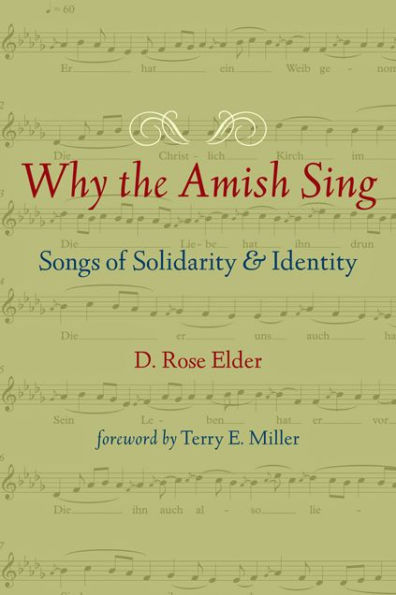Table of Contents
Foreword Terry E. Miller vii
Preface xi
Acknowledgments xv
Part I Amish Life and Song
Chapter 1 Who Are the Amish? 3
Chapter 2 The Functions of Amish Singing 23
Chapter 3 Case Study: "Es sind zween Weg" 36
Part II Singing in Childhood and Adolescence
Chapter 4 Songs for Nurture: Lullabies and Children's Songs 49
Chapter 5 Songs for Instruction: Singing at School 62
Chapter 6 Case Study: School Repertoire 69
Chapter 7 Songs of Identity: Youth Sings 75
Part III Singing for Worship
Chapter 8 Songs of Memory: The Ausbund 87
Chapter 9 Songs of Belonging: Baptism, Council, and Communion 101
Chapter 10 Case Study: The Loblied, or Lobsang 107
Part IV Singing for Special Occasions
Chapter 11 Songs of Love and Life: Weddings and Funerals 121
Chapter 12 Songs of Trust: Music in Daily Life 131
Chapter 13 Songs for the Future: Amish Singing in the Twenty-First Century 138
Appendix I Additional Musical Examples 145
Appendix II Research Methods 157
Appendix III Historical Studies of Amish Musk 162
Notes 169
Bibliography 177
Index 183



